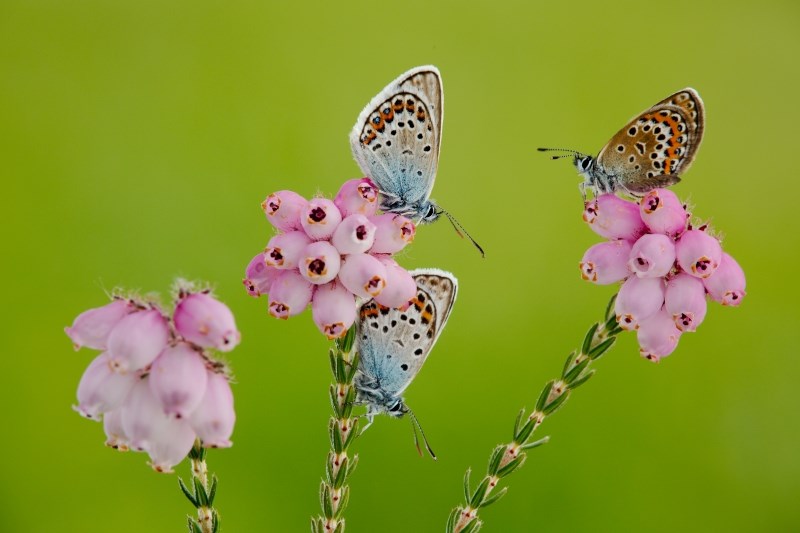Connectivity conservation of arthropods under global warming

Silver-studded blue (Jeroen Mentens - Vildaphoto)
Details
The recent wave of studies demonstrating dramatic declines in species richness, diversity and biomass of insects has caused great concern among ecologists, conservationists, policymakers and the general public. Climate change, and in particular global warming, puts many insect (and other arthropod) species at risk. Persistence can only be guaranteed if species tolerate, accommodate or adapt to changing thermal conditions, or if they are able to track their thermal niche along the latitudinal or altitudinal climate change gradient.Even very mobile species may, however, be hampered here-in as the eventual connectivity between populations will be determined by their life-history traits, dispersal and the environmental context.
This project aims to provide a quantitative understanding of the potential limitation of arthropods to track the current velocity of climate change, and how the current landscape composition facilitates or constraints movement, and thus the potential spatial changes in biodiversity patterns. This will be achieved by modeling using a unique virtual species approach combined with state-of-the art tracking methods. These methods will eventually be applied to test the robustness of the current Natura2000 networks for arthropod connectivity.
| Status | Running |
|---|---|
| Actual start/end date | 01/12/2020 - 31/12/2025 |
Teams
INBO Research theme(s)
- Protected nature
- Soil & air
- Climate
